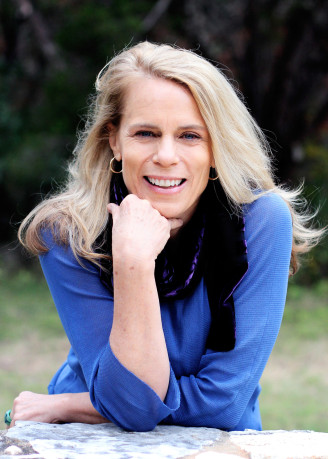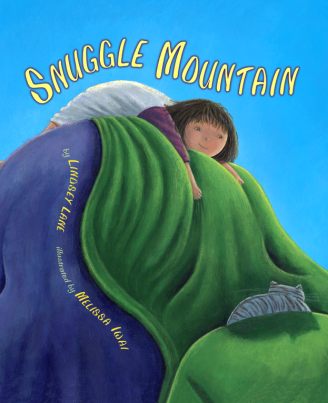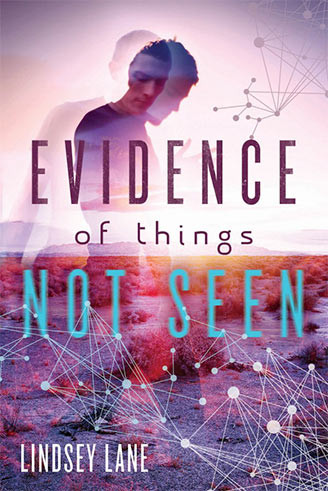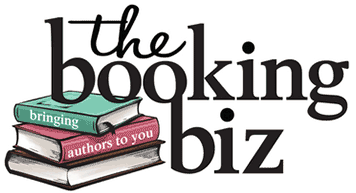When it comes to school visits, there’s a wonderful symbiotic relationship between authors who write for children and the teachers and librarians who teach children—they both have the goal of reaching, connecting and inspiring the young. Author Lindsey Lane works hard to make sure her school visits are helpful to teachers and librarians, and we asked her how.
Lindsey talks about her approach to school visits in this month’s guest post…

When I began visiting schools as an author in 2003 with my picture book SNUGGLE MOUNTAIN, I thought my goal was to increase book sales and visibility. It was all about me, me, me. Was I wrong!
My job is to connect with the students as well as be an ally to the teachers and librarians and that school’s curriculum. To accomplish that goal, I have to understand my audience—and that’s where partnering with teachers and librarians creates the best author visits.
In other words, I am an asset. In the same way that a mathematician or an engineer can share how they bring their ideas to life, as a professional author, I can lend my particular insight and knowledge to their students. I can talk about creating worlds on the page or the weirdest writing job I’ve ever had. I strive to make writing relevant and accessible for everyone.
To accomplish that goal, I have to understand my audience—and that’s where partnering with teachers and librarians creates the best author visits.
When I’ve been booked for a visit, I align and attune myself to that teacher or librarian’s goal or intention. What I learn in these initial conversations is as important as what I do in the visit.
I ask a lot of practical questions: Amount of time; what room will I be speaking in; does their technical equipment meet my needs or do I have to adapt? The intention of these questions is to be as familiar with the physical environment before I step foot in the space.

Then I ask questions about my audience: Who are they? What is their age? Why did you want me to speak to them? What is your goal from this visit? This second part of the discussion usually leads to discovering what the students are reading and writing. By knowing my audience, I can attune and align my presentation so it’s not only a more relevant (and fun) visit, but I become an ally and asset to the classroom.
Even with Pre-K and kinder, where reading a picture book is the main event, I always take the students behind the scenes of the book and give them a glimpse of the inspiration. And I love, love, love practicing the perfect question for author visits: Where did you get your idea for this book? I try to show them that books come from the ideas of the people who write them. They are living and breathing creations, not simply words on a page.
With middle and high school students, I ask teachers a much different set of questions. What are they reading? What are they writing? What is a writing assignment they will have done around the time of the visit? Do they have a specific writing task coming up? Are the students filling out applications for middle school, high school, or college?
I am a big writing-prompt fan. I love asking students: On a scale of 1-10—ten, you want to write every day and one, you’re allergic to it—what’s your number with writing? I love the challenge of moving the one’s to a two or a three. How do I do it? VERY short writing prompts. You can get a whole lot written in two minutes, more in five. This is important for the kids who hate writing because life requires all of us to write. So let’s not be burdened by it. Even if they only write thank you notes to relatives, let’s have fun with it. If I can show them that they can get a lot done and feel successful by setting a timer for five minutes and working on a writing assignment or an application, then I’ll call it a win.

When it comes to the actual presentation, I don’t write it down. Instead, I shape my notes into a bullet point map. I add in PowerPoint/Keynote slides if appropriate. If I’ve done my prep work, I can go into the classroom or library or auditorium with my map, respond to any shifts or changes that happen with the audience and still keep the spine of the talk intact. Sometimes there are slight digressions. A few times, with middle schools, I have had fruitful discussions about criminal justice sparked by the content of my book, EVIDENCE OF THINGS NOT SEEN.
Even with keynote speeches or graduate-level lectures, I try to leave space in my talks to wander off the path, particularly if I had an interesting conversation with a student earlier or heard an idea from another lecture. In other words, I try to keep my talks with any group fluid and real.
How do I want teachers and librarians to feel after my visit? That I have supported their lessons; that I’ve expanded the kids’ interest and excitement in reading and writing; and that I’ve been a good steward to books (not just mine). Look, I love writing. If I can share an ounce of that love with students, I hope I’ve made every teacher’s job a whole lot easier.
The preparation I’ve done beforehand, with the teacher or librarian’s help, is what allows me to be their ally. Teachers and librarians want to share knowledge with their students. They want to give them tools to open up their own worlds. That’s their goal, and that’s where I join them.
